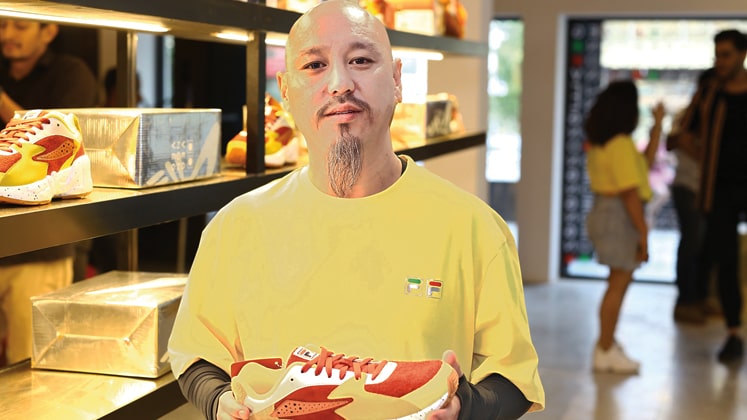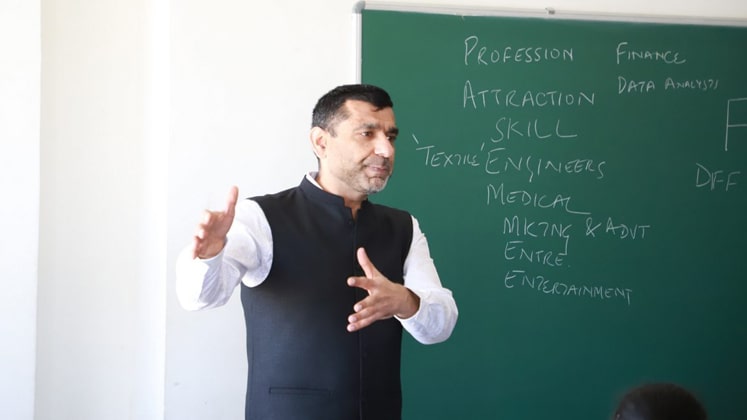News and Features
Industry leaders share lessons on opportunity buying
6 January 2020
Apparel Resources

Right from how the trend of opportunity buying is rapidly growing in the retail space, with the aid of the manufacturers’ quick production cycles, to how it will elevate the current market in India – industry stakeholders talk about it all.
How to make their full-price offerings work in a market full of discounts

Industry expert Vipul Mathur defines ‘Opportunity Buying’ as an imminent need as it will help retailers increase the sales of their full-price offering in a market that is now thriving buying cycles, usually dictated by discounts. “Profitability gets deeply compromised through the discount period, and to make the full-price offering attractive, brands need to showcase trends hot off the market,” avers Vipul.
Ways to practise opportunity buying
Vipul decodes, “From a merchandising point of view, it is very advantageous. Firstly, one gets the trend at the right time. Nowadays, the trend predicted for next year gets cracked for the existing one, and then it depends on the brands as to how they interpret it. Pushing the demand on to the customer, by pairing complementary items with the main offering like shirt with suit sets, socks with footwear, etc., is another way. The next aspect revolves around the ‘wardrobe fillers’, the garments that the wearer wants rather than needs. These trends revolve around a product category that suddenly gains traction. A new collection comes up and everyone wants a piece of it.”
Vipul then elucidates upon the subscription and conditional needs, “Another facet takes into account the subscription models, where extensive data analytics tools give an insight about the shopping pattern of the wearer, and thus, the brand can simply increase sales through the potential of a buying pattern or habit. Finally, I think variable sizes also create a sudden demand in the market, where standardised sizes don’t make sense.”
How a new trend can be capitalised on

Abdon Lepcha, Creative Director, FILA India believes that a new inspiration or trend can present itself through multifarious ways, “These trends can be mapped from culture and counter culture that surround us through music, movies, sports, social media or even the street and everyday lifestyle. These are not forecasted trends but something that take shape in a very organic manner from the brewing social, economic and political scenarios, etc. Take, for example, the Calabasas street style trend, which is not the old-school anglosaxon preppy style of the rich and famous, but styles where young girls don exclusive tracks, parkas and sneakers, where basically street meets luxe. It was an off-beat trend that came into existence by the interpretation of rapstars and social media influencers living in Calabasas. Now this has been adopted by the mainstream retail as sports-luxe fashion.”
How to translate new global trends to suit the Indian consumer groups

Wicrant Gambhir, Head Apparel Sourcing, Page Industries Ltd. – Jockey India is of the view that these trends are mostly global or runway-oriented, which is why translating them to suit the Indian consumer groups becomes crucial. He states,“We have to tend to the Indian consumer, so a few things have to be perfected; fabrics have been changed to more cotton/natural fibres to suit the tropical climate here; sometimes Indian design elements have been added in the fabric/garment design to make it more India-centric; colours have been adapted to suit the weather here, etc. Artwork and embellishments can further be mixed to create a new style.”
Indian retail is the perfect ground for the trend
Abdon mentions that this is a risky business, as one of the main challenges is the fact that this is something new, never done before and there is no data to back it up. Yet, seeing the retail expertise that India is slowly gaining, the industry stakeholders feel that Indian retail is the perfect ground for the trend.
“India is strong in production; the question is how flexible you are as a brand. On one side, there are the age-old formulas and rules that have been followed which have given growth and success, and on the other hand, it is about how fast-paced the fashion market is today. One has to be constantly ‘in-trend’ and be able to adapt, change and create,” says Abdon.
This simply summarises the dynamic retail space in the country and how fast it is changing to suit the consumer who is more adept to the shifting fashion trends.
Comments

